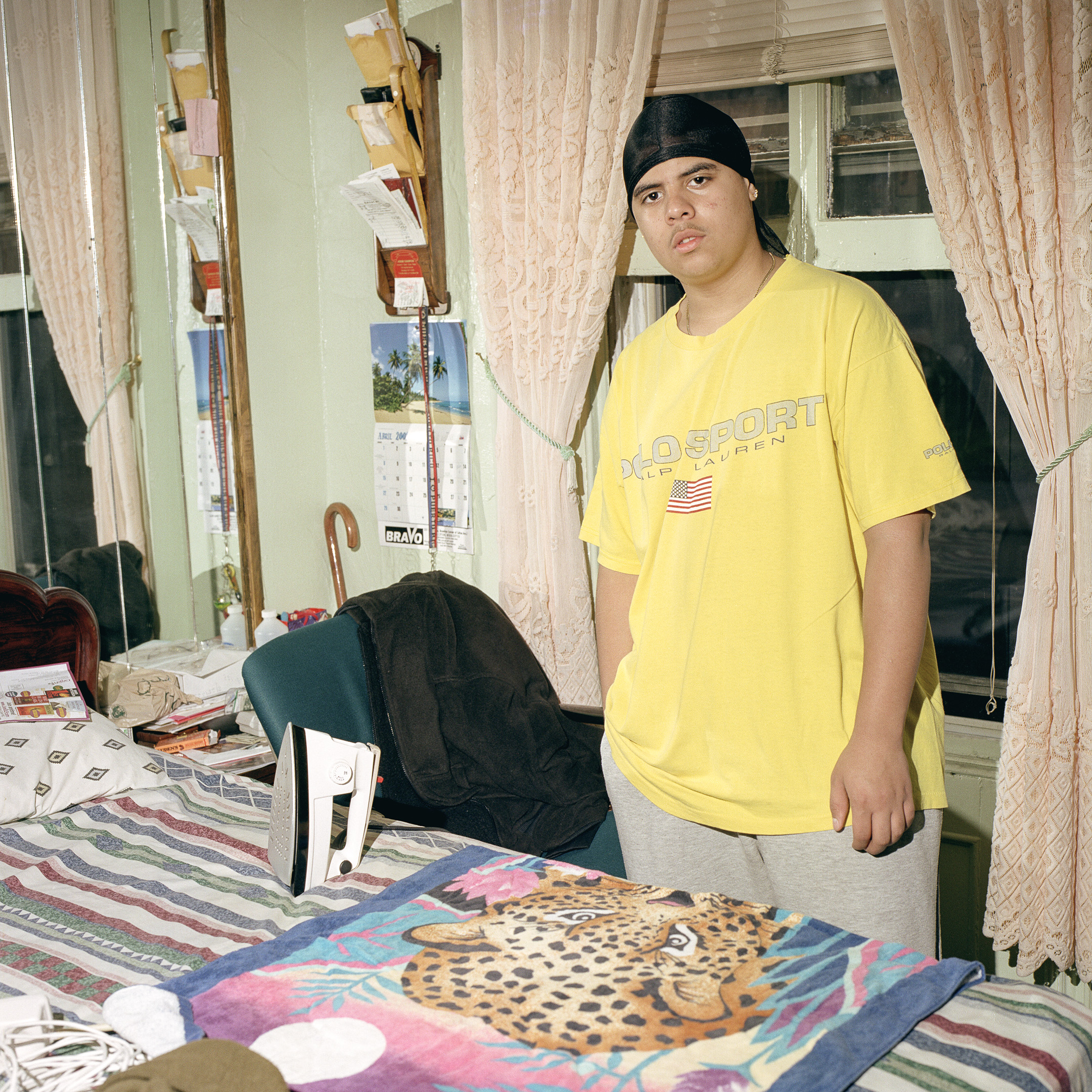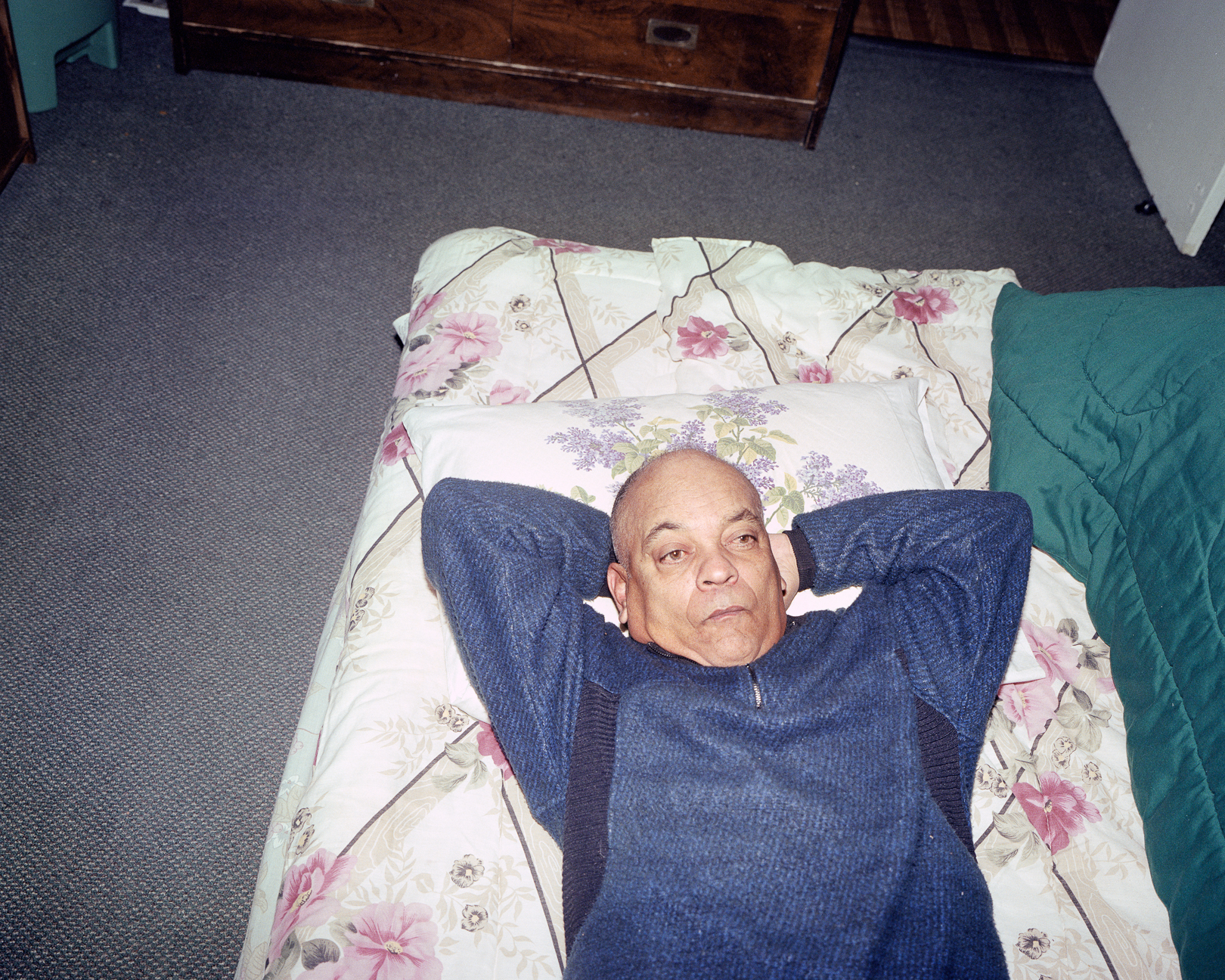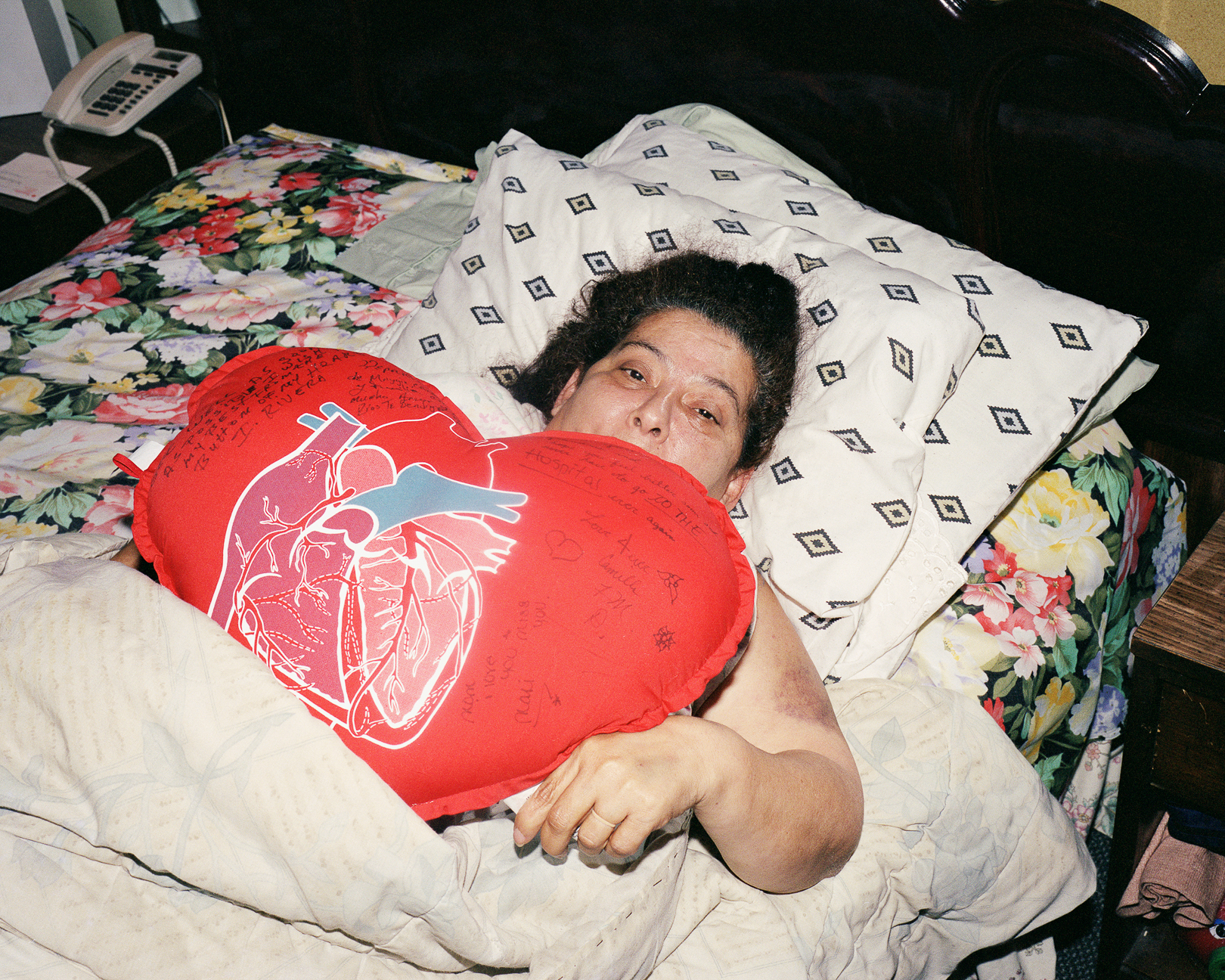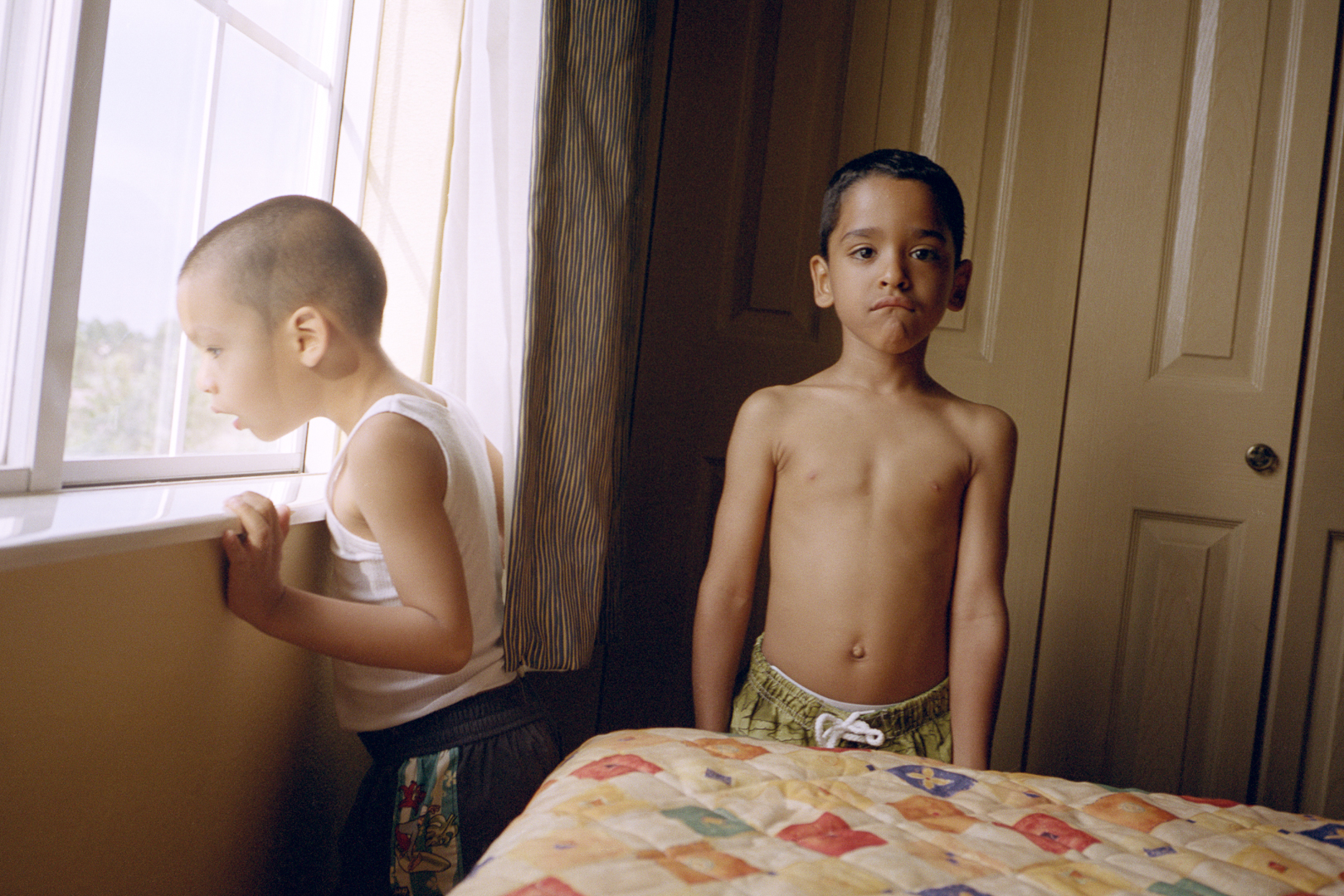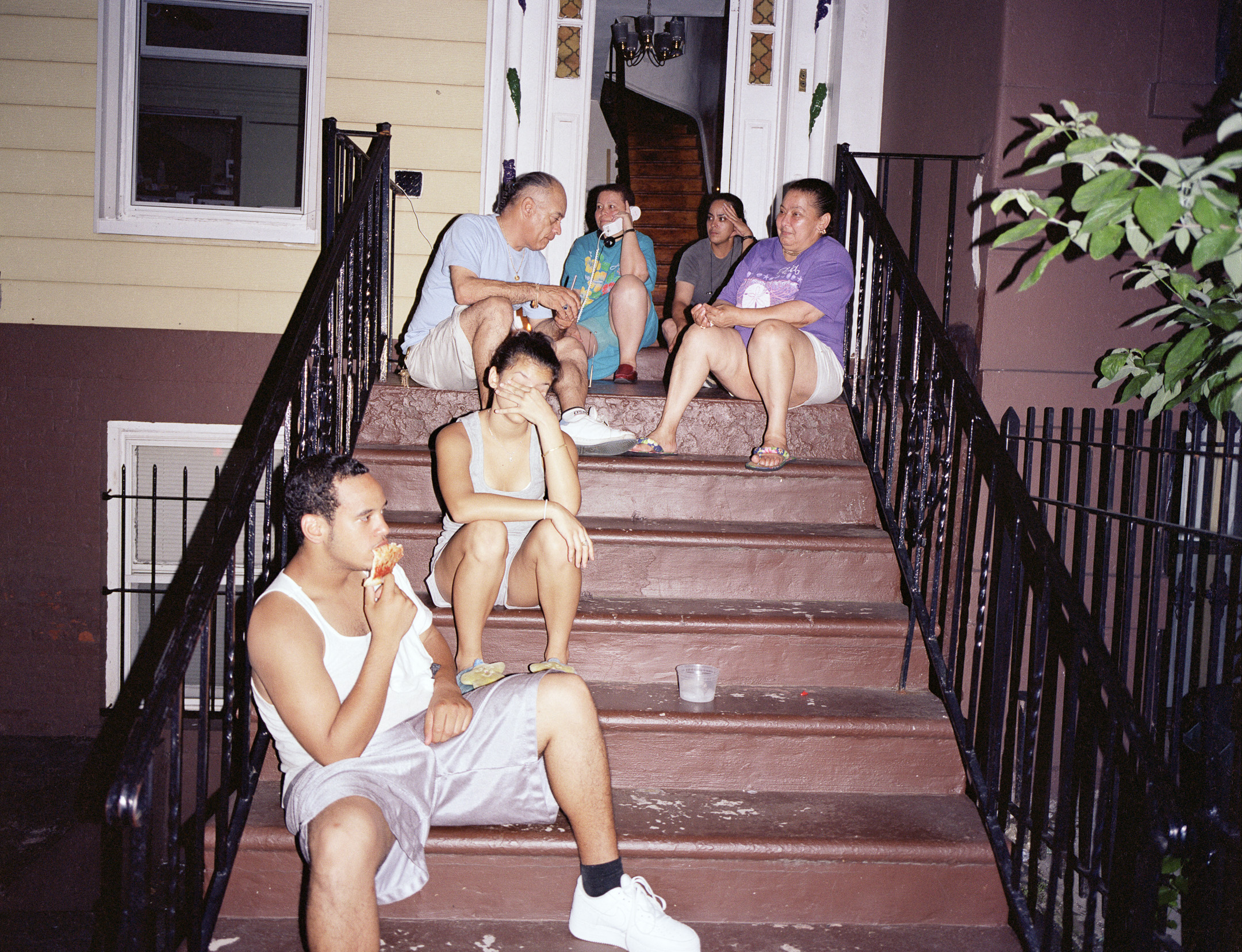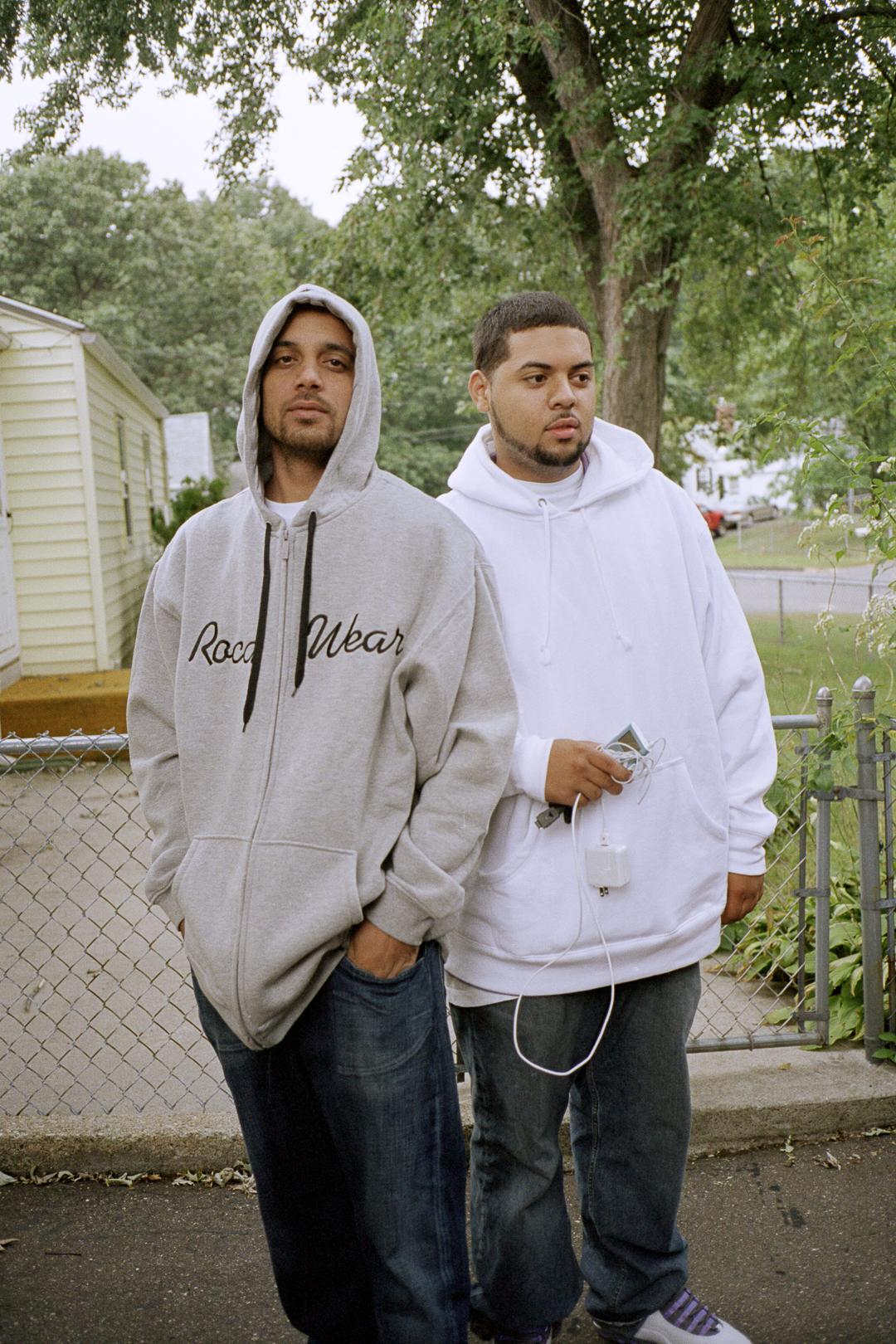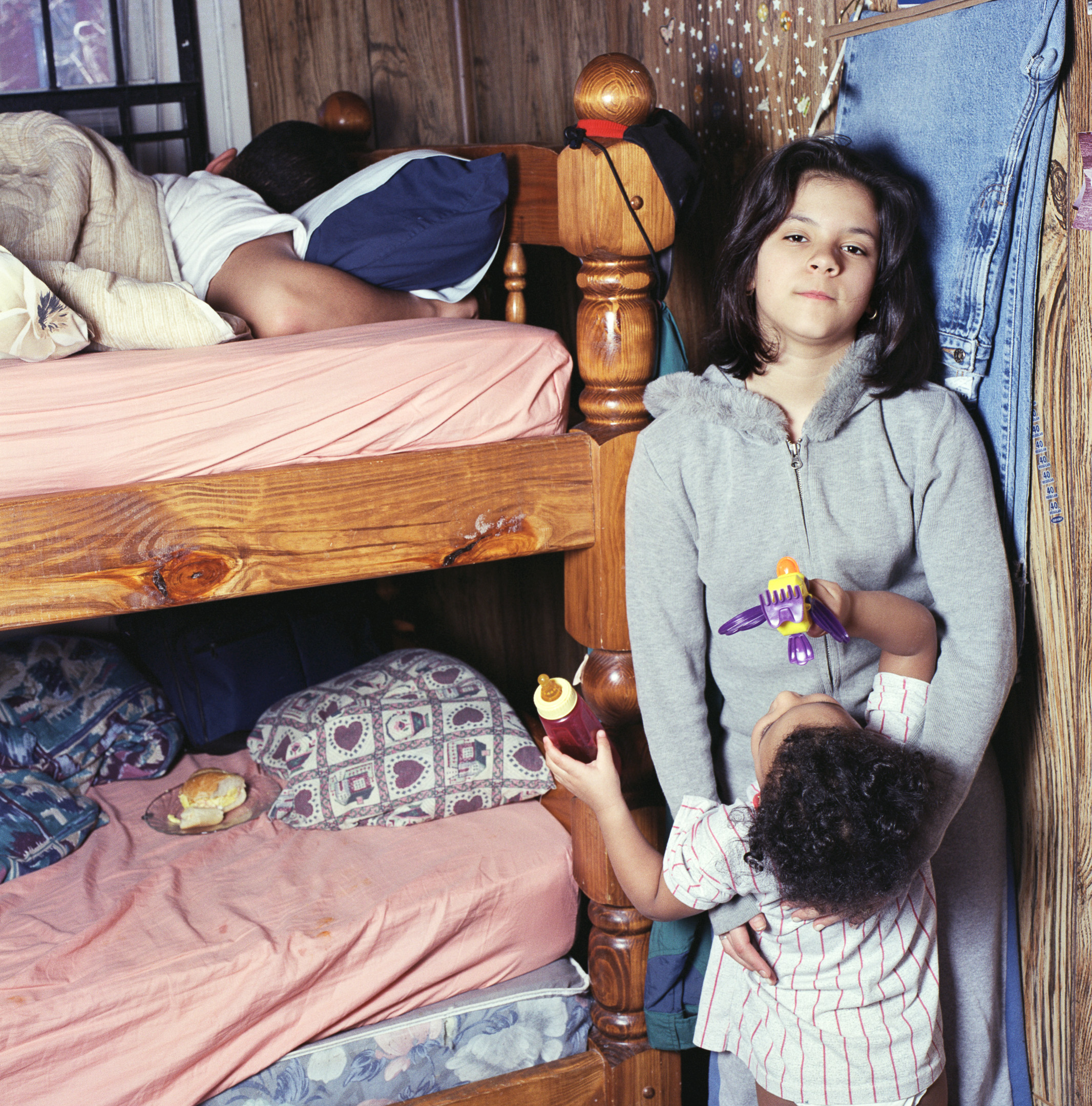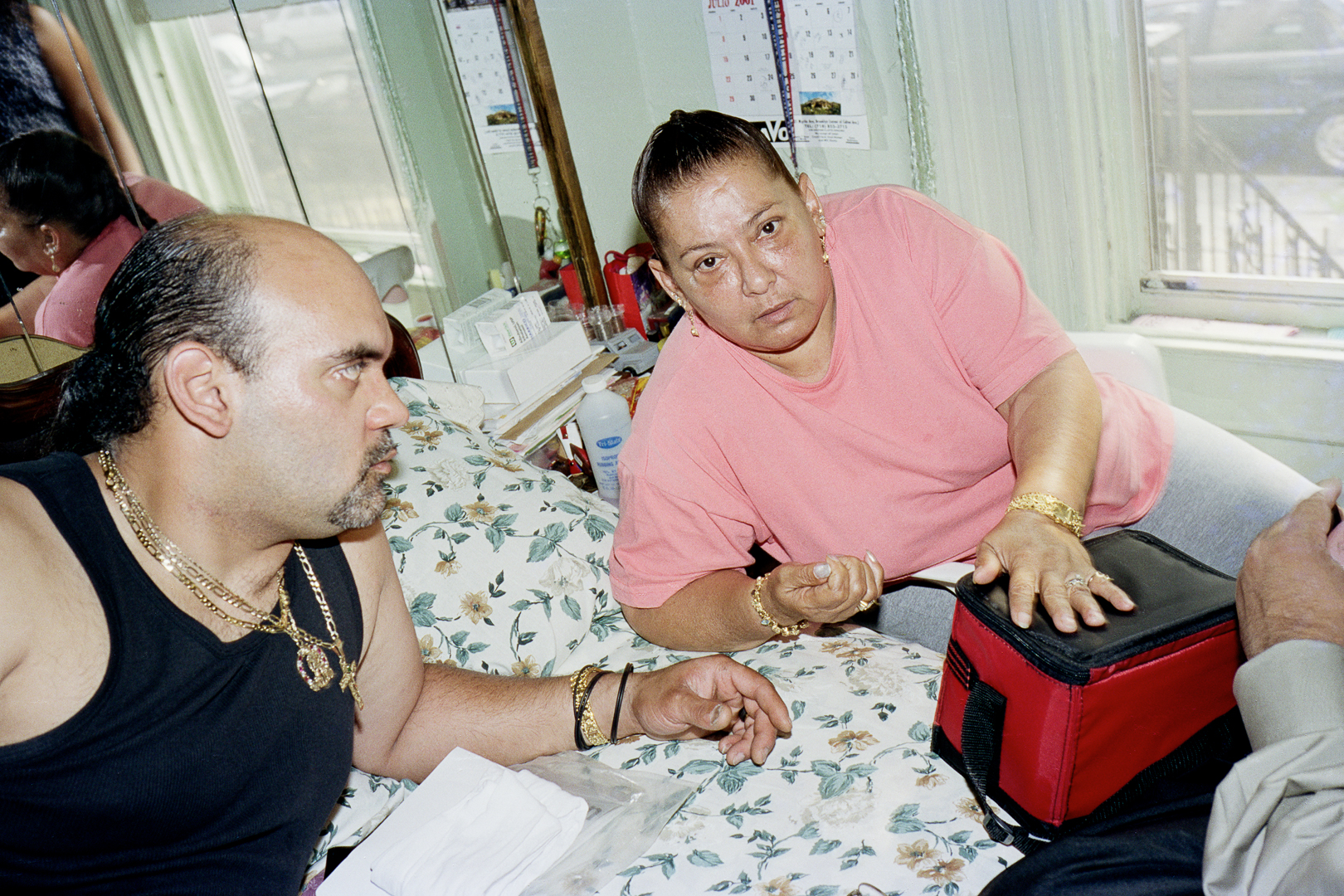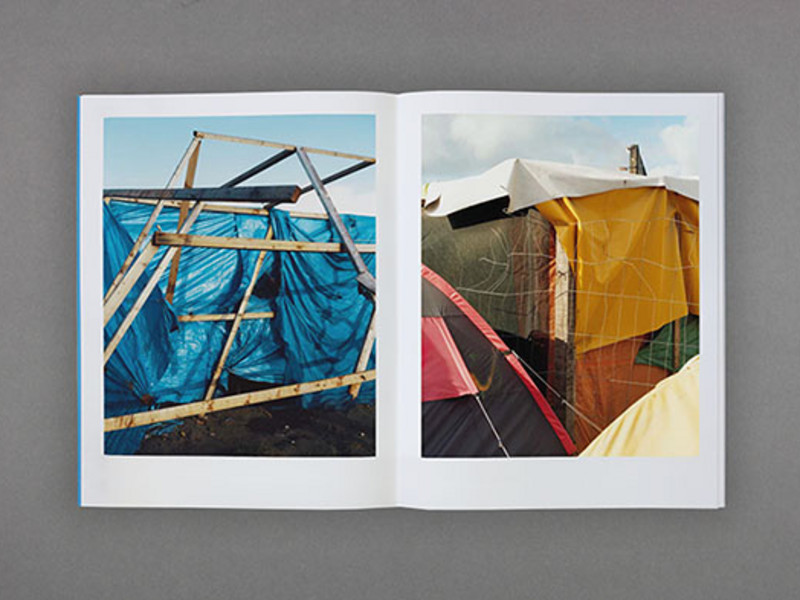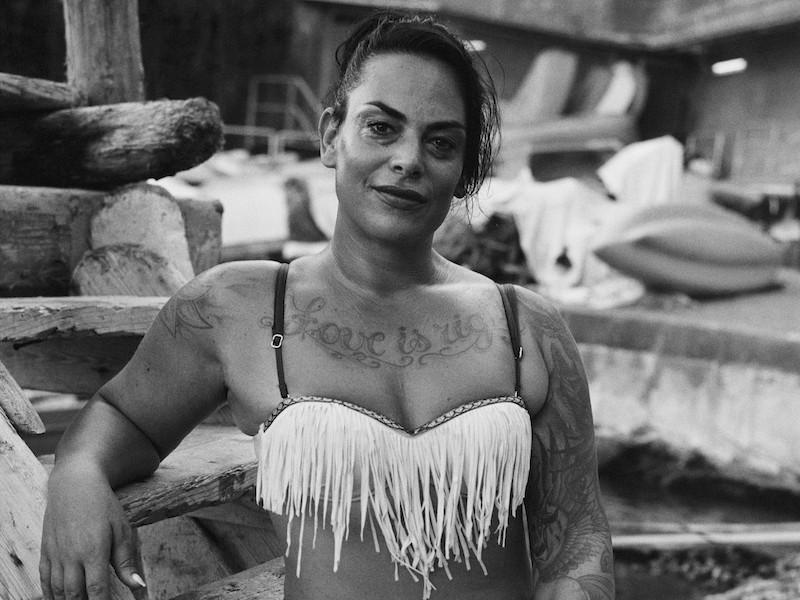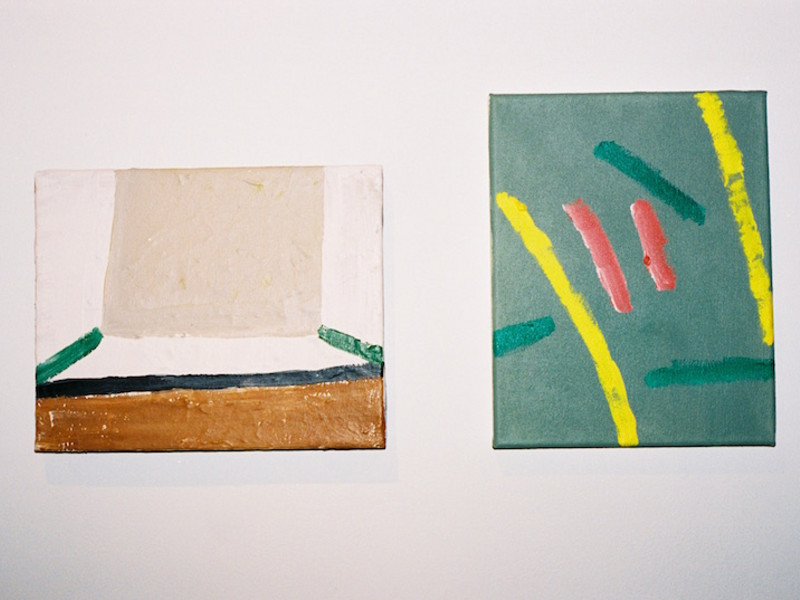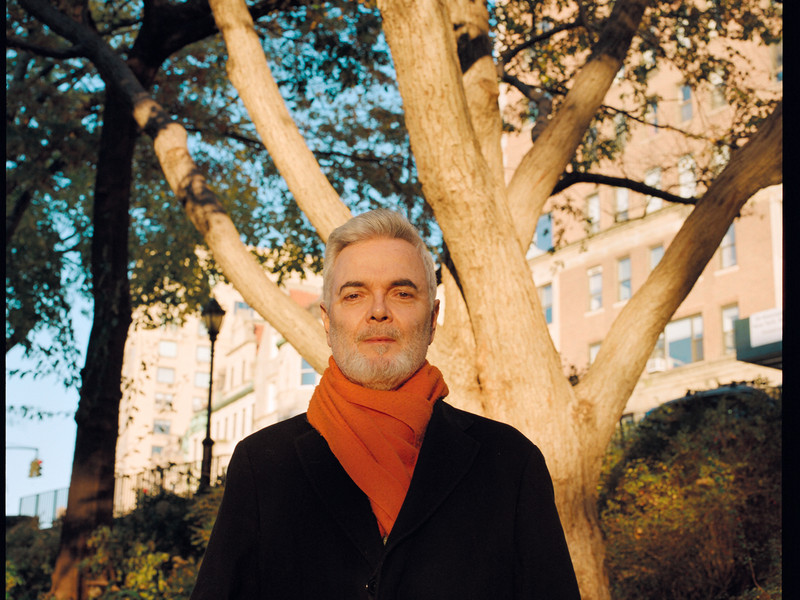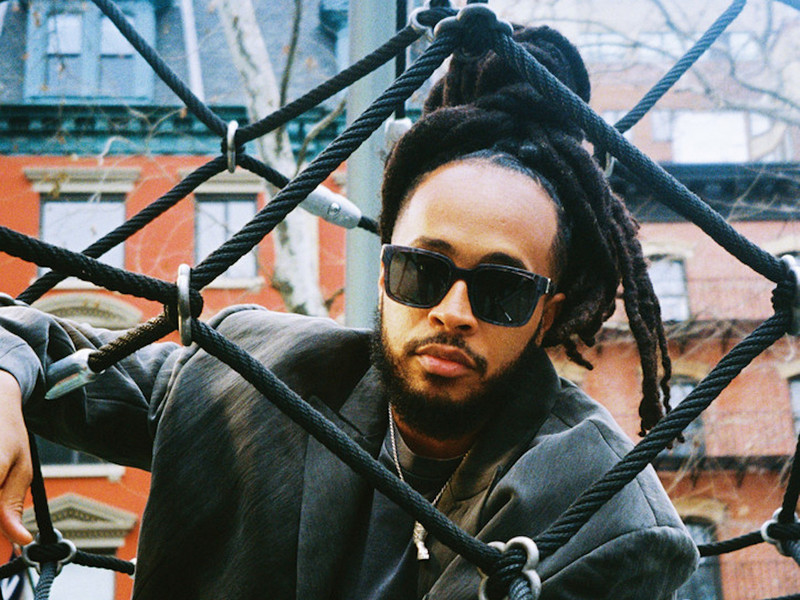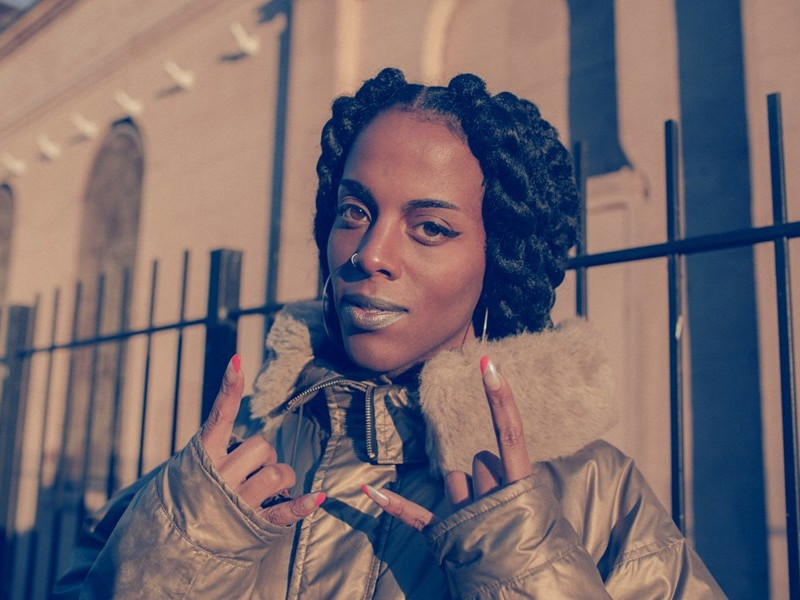Family Man
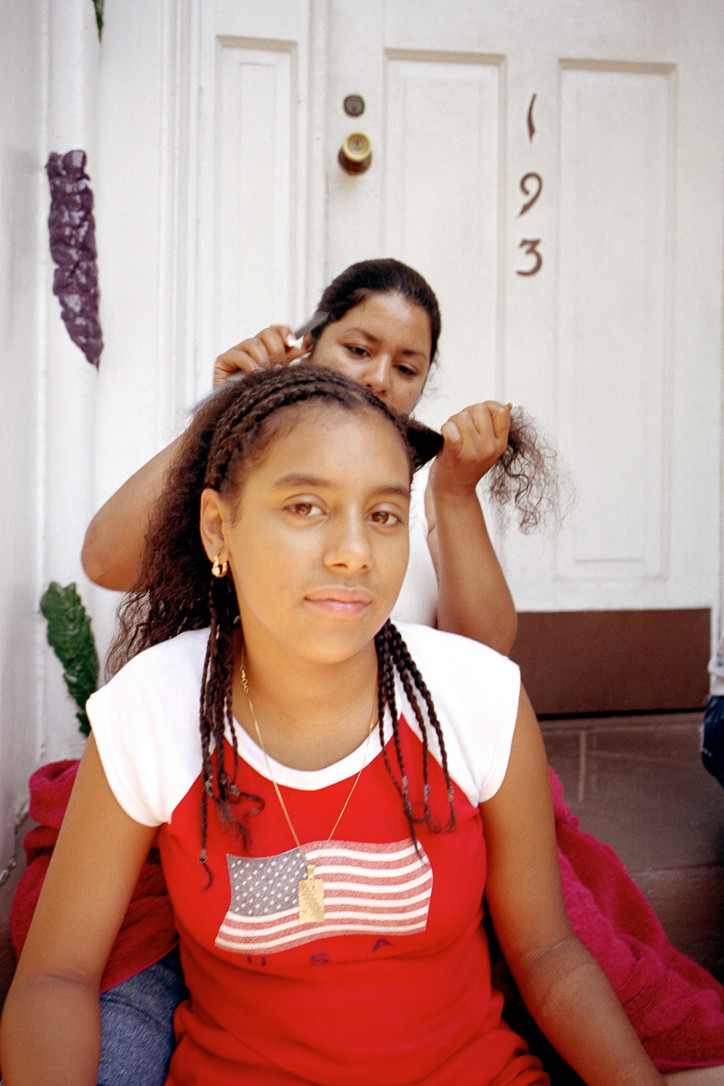
Not bogged down by their all-consuming technology, like iPhones and Nintendo Switches, Rios' photos almost feel like a time capsule; a portrait of a family who actually wants to communicate at the dinner table—and with Rio from behind the lens.
The photographer told us more about the project, and the process of compiling years and years of photos. Read our interview and pick up a copy of Family at the office Newsstand.
Tell me a bit about the book in general—I know it spans a specific timeframe in your life.
Yeah from ‘99 to ‘06. A lot of these images I shot while I was still in high school. I went to boarding school in Jersey and started shooting when I was around 14 or 15. I was always using the darkroom and then senior year I was like, ‘Do I wanna go to culinary school or do I wanna become a photographer?’
Was cooking always something you were into, as well?
It was an interest but I can’t cook for shit!
You made the right call then.
The book stops in 2006, even though I continued shooting after that. [I just thought] for the book’s purpose, it was one of those projects where you have to stop, otherwise it keeps dragging and you never put it out.
So, were you away at school for most of the week and making this work over the weekends?
Yeah, I’d come home on the weekends and then after high school, I applied for two colleges—SVA and Parsons. I ended up going to SVA and moved back home. It was kind of weird—I moved out a 12 then then came back home at 17. I did SVA for a year and then, at the end of the year, I reapplied because that program was way too expensive. I got accepted at Hunter College, and in New York City, professors teach at all the same places. Like, the last professor I had at SVA was the first one I had at Hunter.
How did your family feel about having their lives so thoroughly documented by your photos?
When I was shooting they didn’t really care, because I was doing it so much. And also, with film photography, you don’t print everything. So, I would take pictures all the time and they would be like, ‘What’s the point? We’re never going to see these pictures!’
My grandmother always says the same thing—‘You take all of these photos and I never see them!’ But eventually she always does—like two years later.
I only told everyone about the book when it was already done and they loved it. That was very important to me. Now that this book exists, I’m responsible for how people interpret the images. That was a big deal for me because you can see an image and people can read certain things into it.
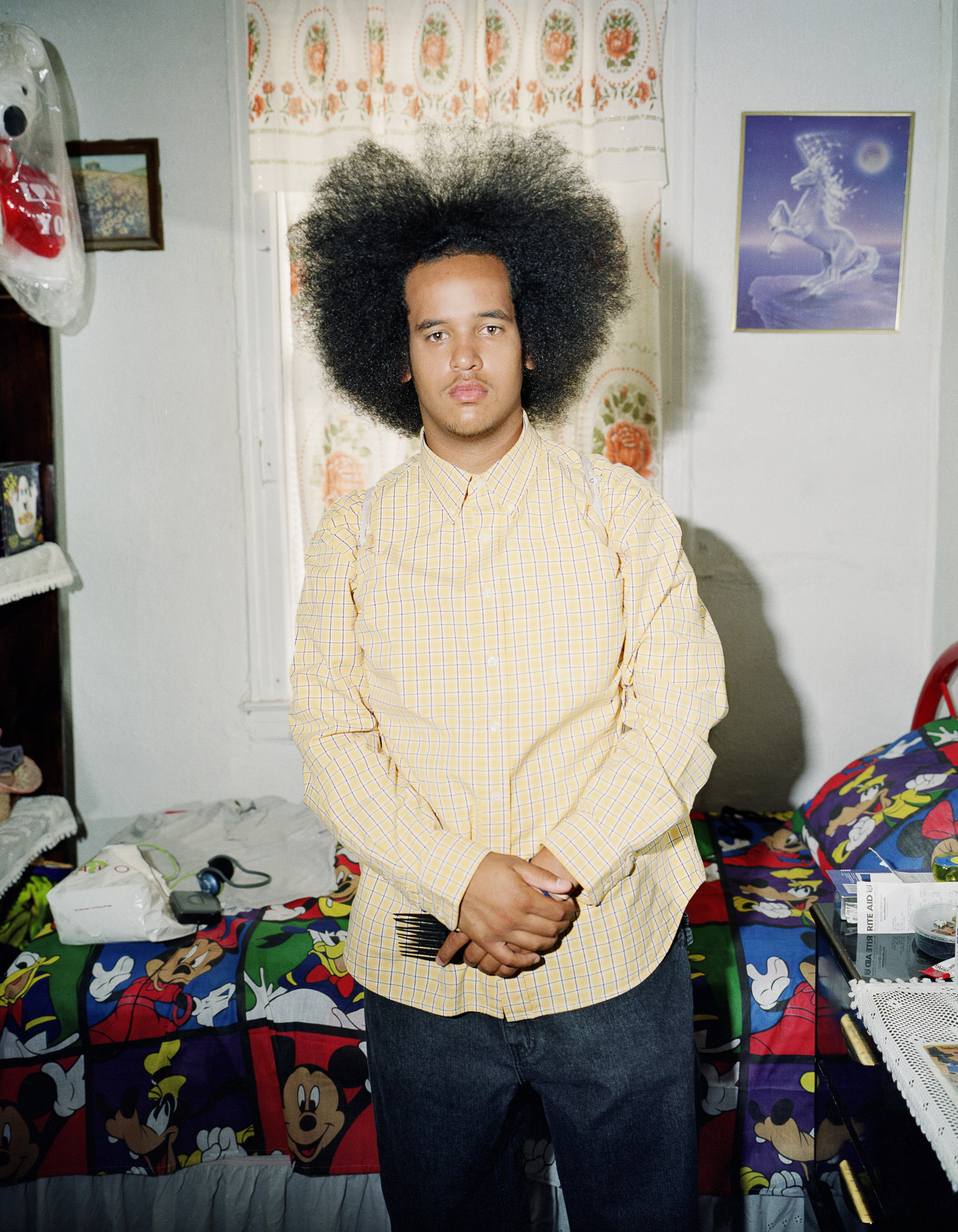
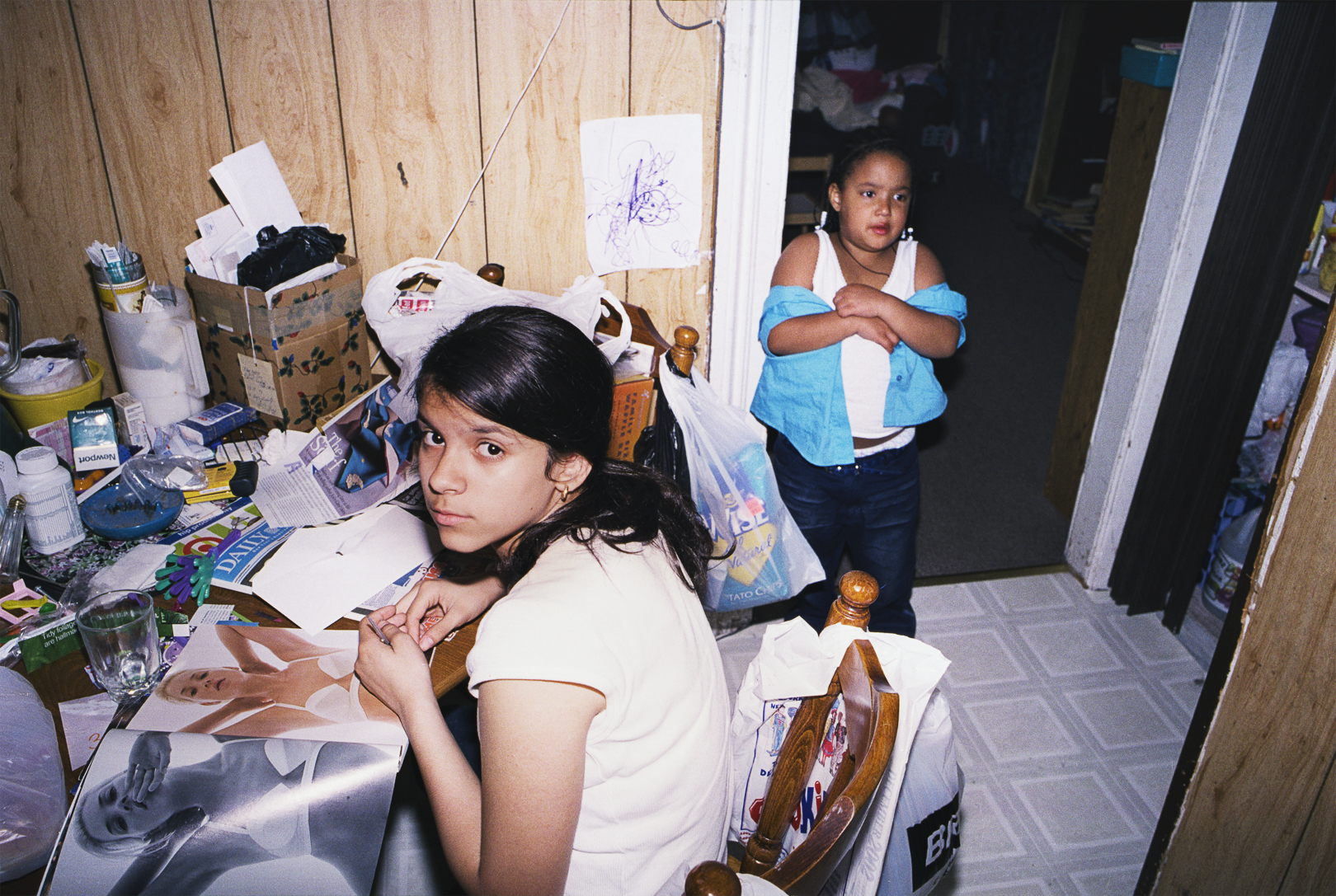
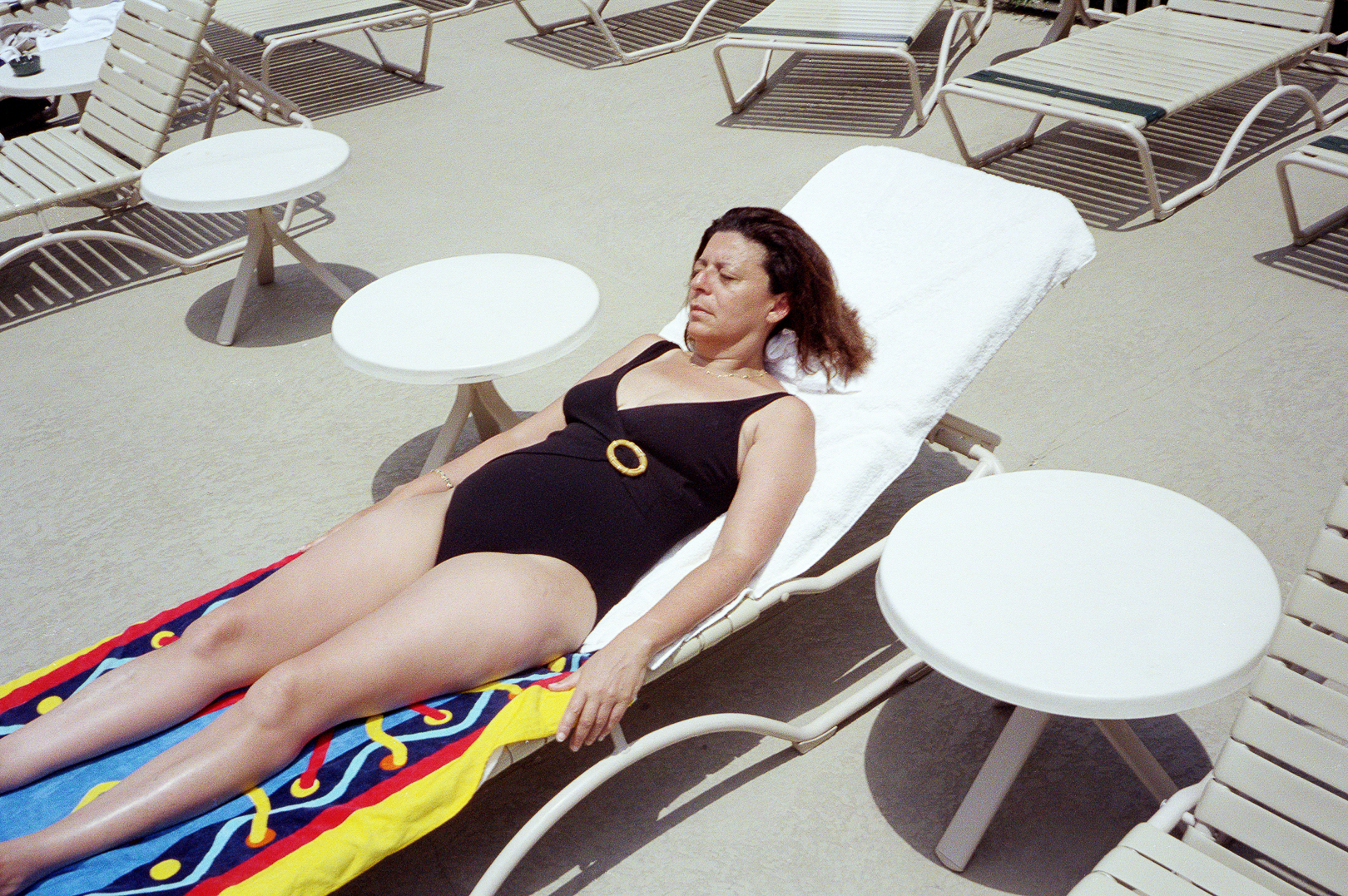
There’s a deep level of trust that people give you when you photograph them—especially family. Even though it’s intended to be a view into your reality, you also want to keep it presentable. When you were editing this together was there anything you came across where you were like, ‘This is too much for the book,’ emotionally or otherwise?
I think with photography, when you look at a picture that you’ve taken, you can think, ‘Oh this is a great image but it’s a little too personal and I don’t think they’d appreciate that being shared’—like the shot of my aunt in the hospital.
It’s a tough photo but it’s so full of love. What was she in the hospital for?
She had open-heart surgery. Everyone was at the house a lot and I got a lot of pictures of family friends and cousins.
Do you think seeing this documentation of that time helped her see how far she’d come in getting through that moment?
She’s such a character and she’s not concerned about looking bad or whatever. She does funny stuff all the time and has a great energy.
What’s some of the best feedback you’ve heard from your family about the project?
There’s one of my cousin laying out in her bathing suit by the pool, and I was worried she was going to get mad at me about the photo, but she was like, ‘I love it—look at my hot body!’
Did you learn anything new about your family while you were making this work?
No, I think everyone was just natural all the time—it was easy going. There was no one who didn’t like getting their photo taken.
The book also functions as a little time capsule of technology—ten years doesn’t seem like forever ago, but I love the iPods and old-school house phones from back then.
Yeah, there’s not even one cell phone in the book.

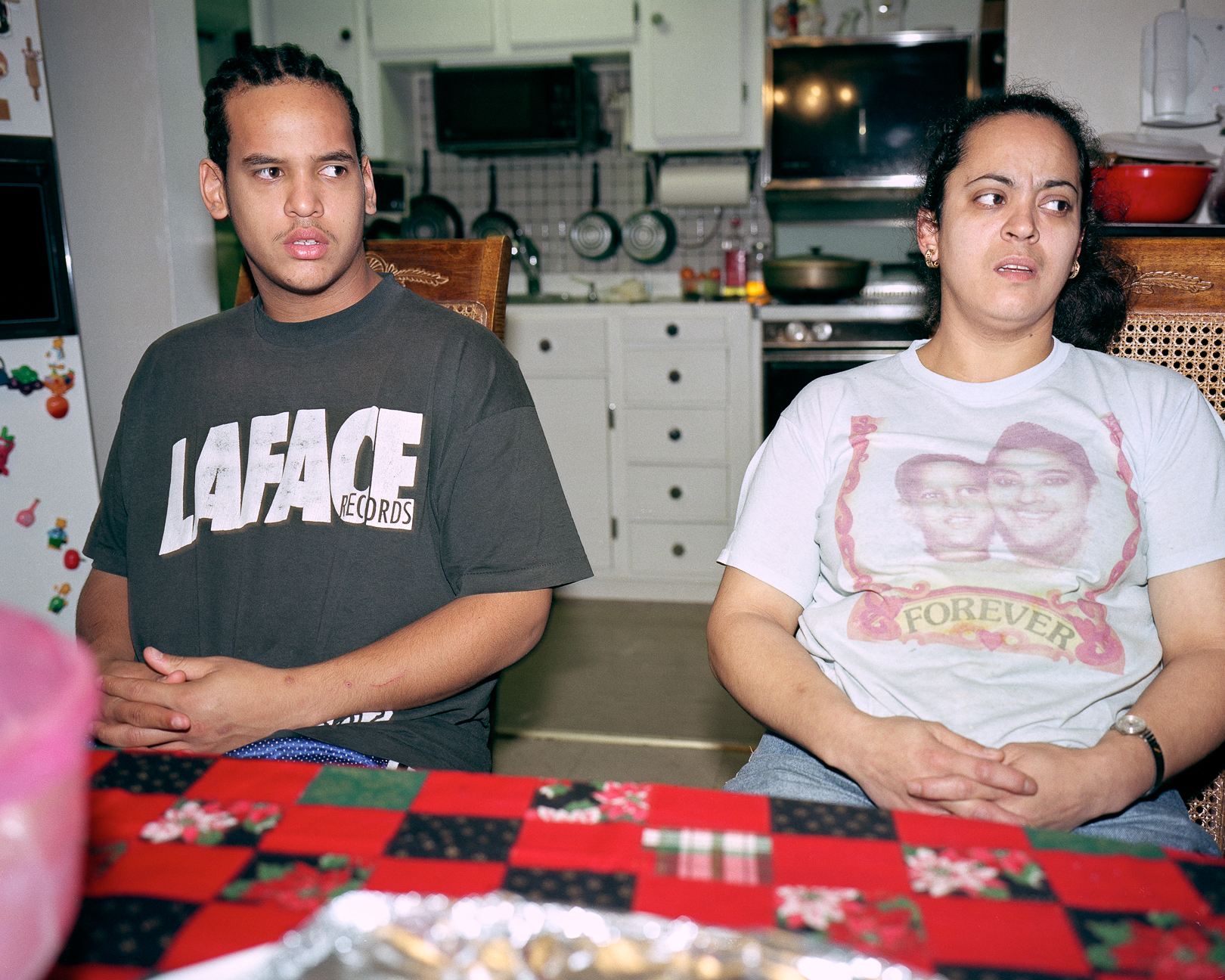
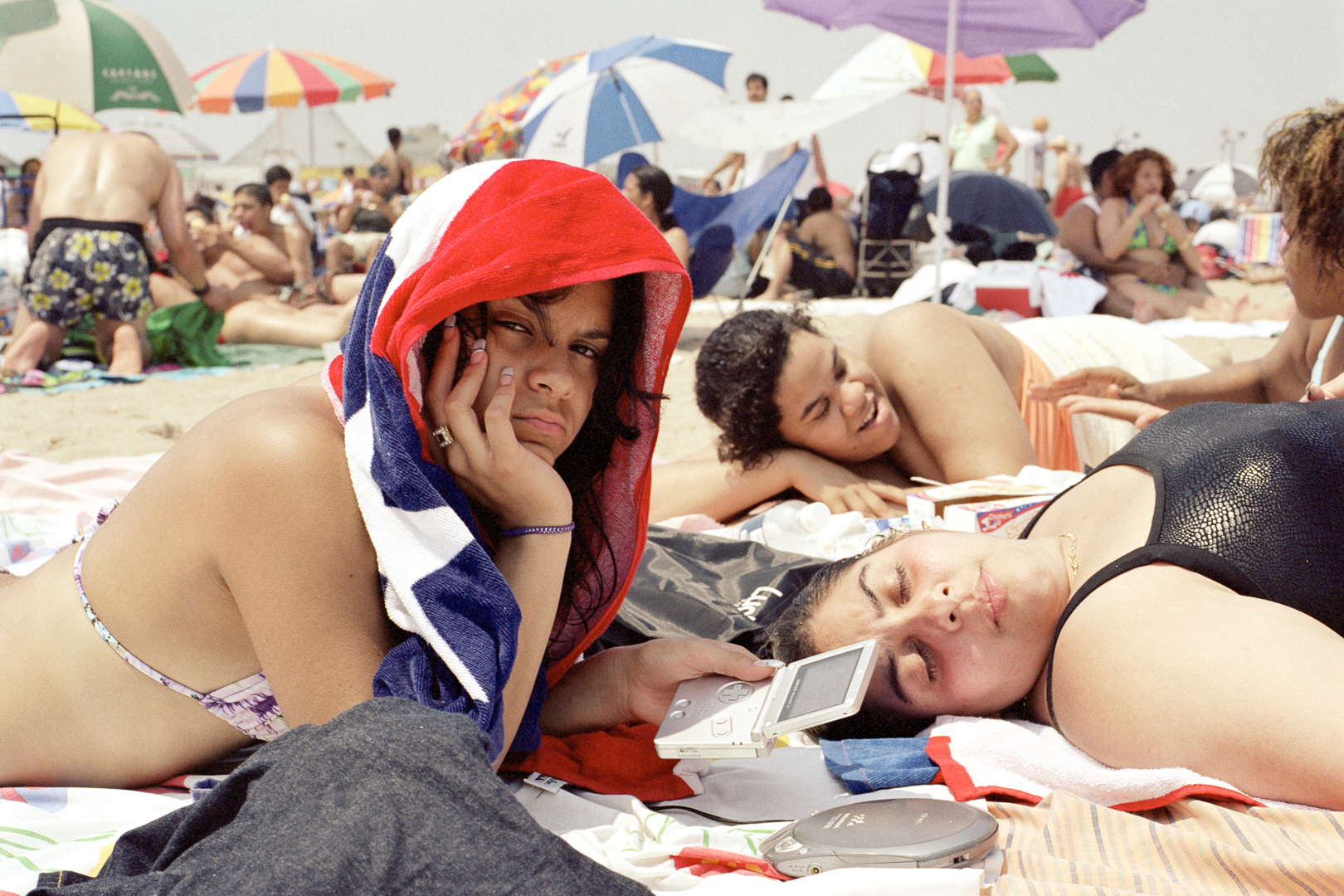
How long did it take you to edit the whole book together?
I was horrible at archiving. I had binders of negatives and back in the day, in the darkroom, I would pull something from one binder, print a few images, then just throw it back into a different different binder. So, three years ago, I just sat down and digitized the whole archive—it was 25 binders of negatives and took me all summer. Through that process, I edited all the work I’d shot, scanned everything hi-res and from there, I kept editing down to make this body of work.
Did you work with anyone on the book’s physical design?
Yeah I worked with graphic designer Stephen Serrato, he’s based out of LA. I did an initial edit of the photos then tweaked it. I really think it’s important for someone else to look at the work. Stephen did the overall layout and cover design.
With any photographer who documents their life like this, I like to ask: why do you think we do this? What compels you to photograph your experiences?
I was just thinking about photography, in general, and all of the people who’ve documented their lives—I didn’t feel like my story has been told. Like, Nan Goldin—her friends were her family; or Tina Barney had the Upper East Side. I love my family, they’ve got a lot of energy and I thought it was something people would want to see. At the book signing, people came up to me and were like, ‘Oh that reminds me of my family.’ There are just certain elements [within the work] where I feel like Latinos across the board can connect with it.
So, you noticed there was a gap in photography that you could start to build from?
Like Bruce Davidson, for example—[East 100th Street] is a great book, but it only shows poverty and that’s the only way you see people of color in photography. I wanted to put something else out there.
It’s also not like just photographing a family—it’s your family. How do you think having that perspective as an artist affects this work?
I think that that person [within the community] will treat it as more than work. Like, this is obviously photo work, but it’s more than that for me, too.
Do you think you’ll publish a follow-up ever?
I’ve been thinking about that and considering the images that aren’t in the book and other ways to present them. I’m actually working on a show right now and in mid-January I’ll have an exhibition at this space called The Storefront Project on Orchard Street. It’ll be up from January 17 through February 2. I’m showing 30 prints from this book.


